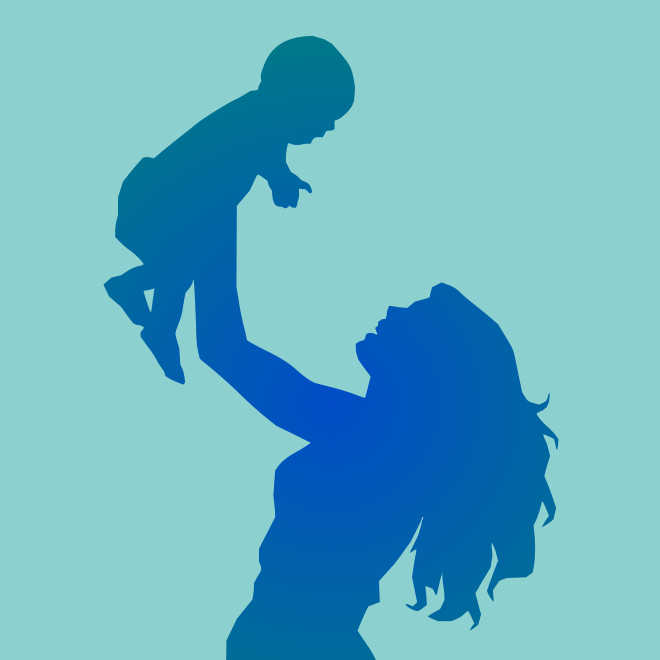Treatment Basics
When patients are ready to move forward with the California Conceptions Donor Embryo Program, they will need to complete an evaluation process that is outlined in the Getting Started section. After the initial consultation with one of our infertility doctors, patients will be provided a checklist of items needed before treatment. Some items on this checklist will include sending us updated test results for infectious diseases and a current pap smear, meeting with a clinical psychologist, completing a saline contrast ultrasound (hydrosonogram) in our office, and signing your treatment agreement. Please note that all of these pre-treatment items will be explained in detail and there will be plenty of time to ask questions. After participants in our innovative donator embryo program have completed their initial evaluation and testing, they will be assigned a treatment coordinator. This treatment coordinator will guide the patient through the matching and transfer process. Patients will receive a schedule with appointment dates and the medication plan as they prepare to get pregnant with an embryo transfer.





